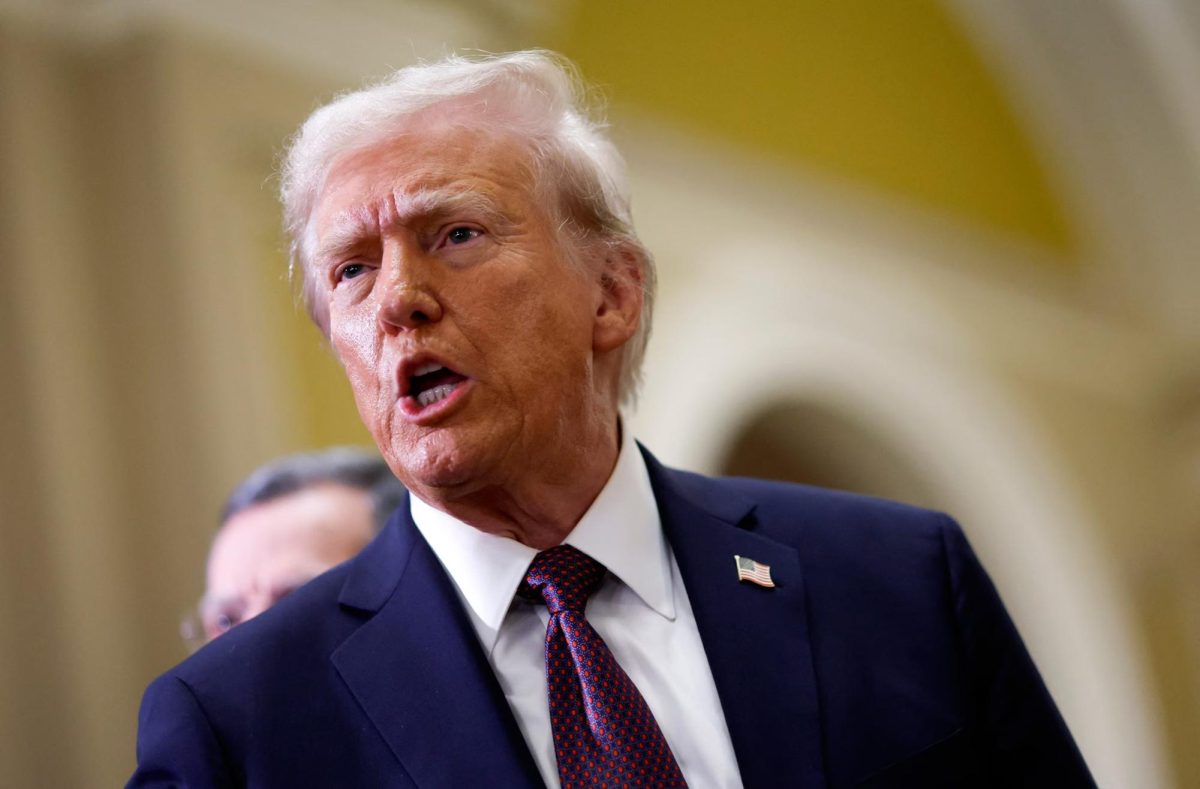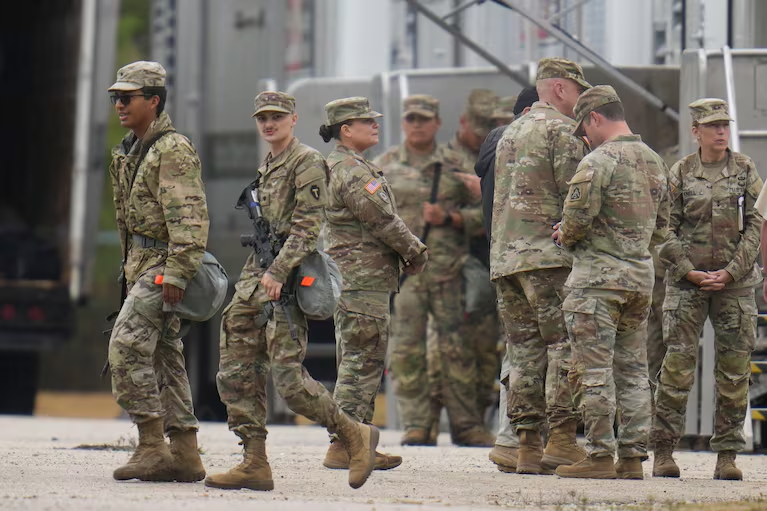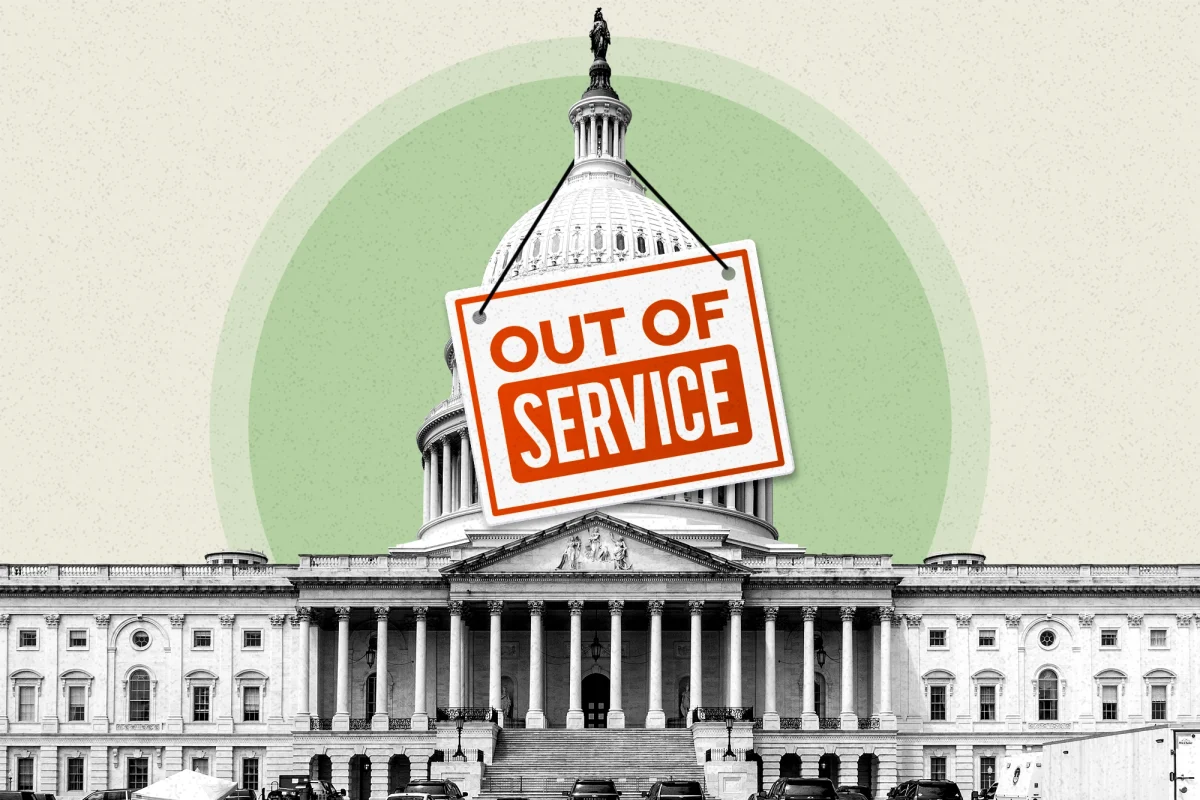In recent weeks, Donald Trump has floated ideas of using the United States’ powerful economic and military leverage to gain new territories. If all goes well, and these plans succeed, what would this expanded America look like?
While some of these aspirations are unlikely — and probably a rhetorical negotiation tactic of some sort — why not entertain the idea of an American behemoth? The reclamation of the Panama Canal, the purchasing of Greenland and the annexation of Canada would extend the borders of the United States to heights never before seen.
These acquisitions would make the U.S. roughly 8.2 million square miles — or the 4th largest empire in history just behind the Russian Empire (8.8 million square miles) and ahead of China’s Qing Dynasty (5.68 million square miles).
First is the prospect of Canada joining the Union as the 51st state. The political logistics are far more complicated than adding a state like any old territory — there is an entire Canadian government that would need to be assimilated — not to mention all the local ordinances that would need to align with the current U.S. Constitution.
“Canada and the United States. That would really be something. You get rid of that artificially drawn line, and you take a look at what that looks like, and it would also be much better for National Security,” Trump said.
In all likelihood, Canada would have to join the U.S. as some sort of super-state, meaning it would keep special privileges and autonomy within the current U.S. government.
However, if Canada does join the U.S., America would go from 27.72 trillion dollars in GDP to 29.86 trillion dollars. The U.S. would more than double in size from 3.8 million square miles to more than 7.6 million square miles, as well as gain 40 million new citizens. The U.S. would also likely have direct access to Canada’s abundant natural resources, with far more spending power to develop these assets than the current Canadian government.
Next is the concept of purchasing Greenland from Denmark. While the Danish Government has been clear that they do not desire this deal, a territorial purchase of this sort does have historic precedence.
“People really don’t even know if Denmark has any legal right to it [Greenland] but if they do, they should give it up,” Trump said.
If the U.S. manages to use its significant economic and military leverage over Denmark to force some sort of deal, then Greenland could very well be flying the Star-Spangled Banner as America’s newest territory. However, this process is further complicated by Greenland’s prospects for independence from Denmark and its current government’s disillusionment with the idea of joining the U.S.
The purchase of Greenland would add 55,000 people to the U.S. as well as 836,000 square miles of land and 3.24 billion dollars in GDP and would prove to be a major acquisition of natural resources — much like Canada.
Trump also has not ruled out using military force to retake control of the Panama Canal. While the whole ordeal is far more complicated than simply walking in and taking the canal, the prospects of America taking back the canal are interesting.
Although the canal is under the administrative authority of Panama, a Hong Kong-based company operates two ports at the entrance, which gives China a significant degree of control over the Panama Canal’s trade routes (a real security risk for the U.S.).
“The Panama Canal is vital to our country — it’s being operated by China,” Trump said.
If the U.S. reasserted direct control over the Panama Canal militarily, the U.S. could begin to seriously profit from the Canal, and it would gain significant control over trade routes at the expense of China. Although, this is at the cost of likely receiving global condemnation for unprovoked military action.









